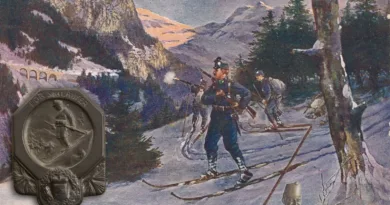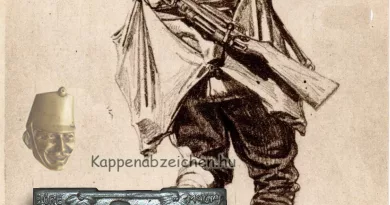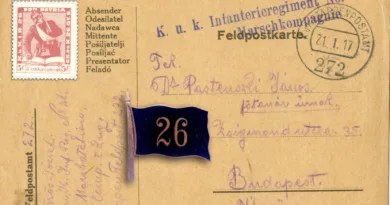KTD 10
Four hussar regiments belonged to the 10th Cavalry Division. In the winter of 1914, great uncertainty prevailed in the Monarchy’s army regarding the use of cavalry in the war. The classical tasks for which the hussars were trained were only partially realized. As a larger troop body maneuvering quickly on the battlefield, cavalry was no longer considered at that point. In addition, the combat situation was very unfavorable in the month of December. The Russians not only occupied large areas in Galicia, but surrounded the fortress of Przemysl. Due to the huge losses of the professional and enlisted personnel, the military leadership tried to repel the Russian advance by deploying all available armed forces.
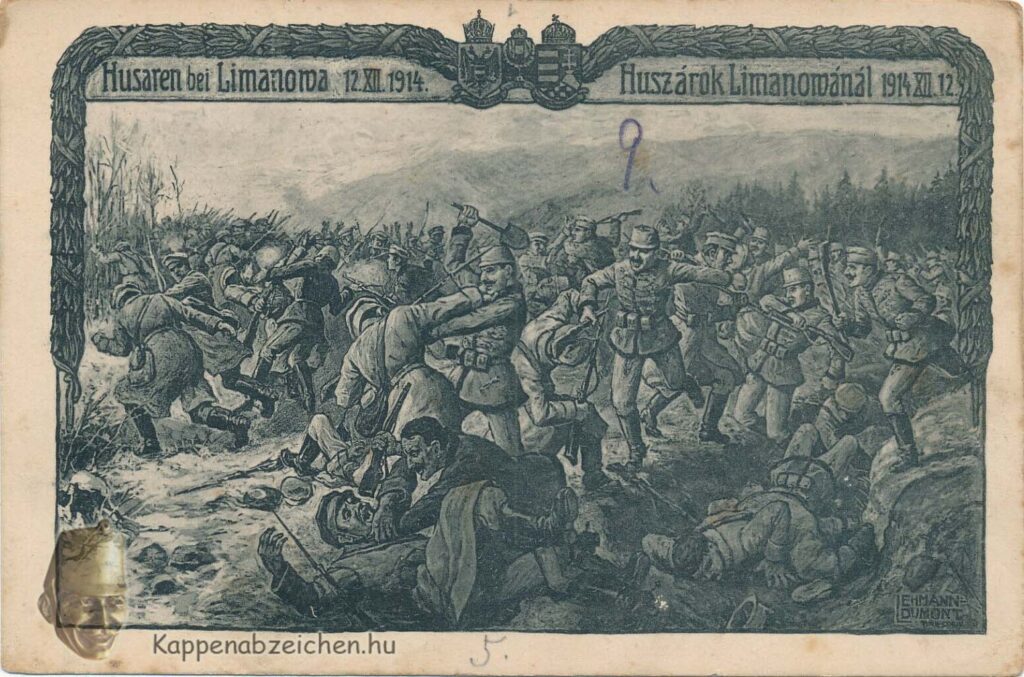
Cavalry corps had to be deployed in the Carpathian front and in the direction of Cracow to fend off Russian attacks. The dismounted hussars in the deep snow, armed with swords and short-barreled carbines, confronted the Russian infantrymen on foot. The regiments of the 10th Cavalry Division, but mainly the 9th Hussar Regiment, were deployed around December 10, 1914 in the suburbs of Krakow near Limanowa. The hussars stopped the Russian advance after suffering heavy losses. Regiment commander Ottmar Muhr was also killed in action. I have previously reported on this event here.
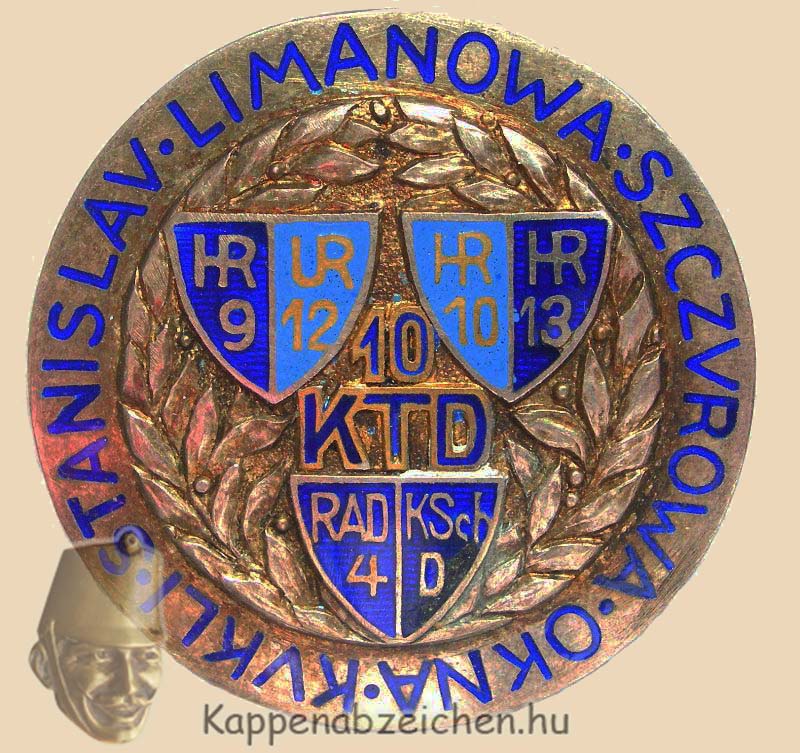
The nobly simple and beautiful insignia of the 10th Cavalry Division commemorates the battle of Limanowa in a central place among other events of the war. The importance of the Limanowa victory is underlined by the fact that a lot of pictures and graphics depicting the battle were published. One of them is shown on the attached postcard. A street in Budapest bears Limanowa’s name to this day


